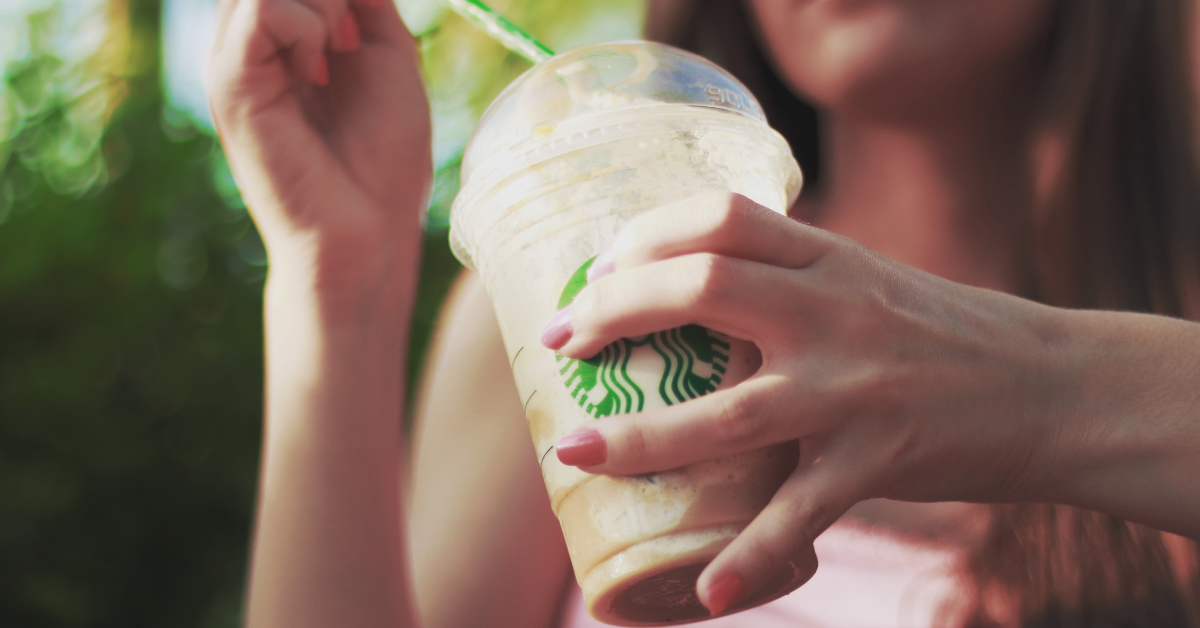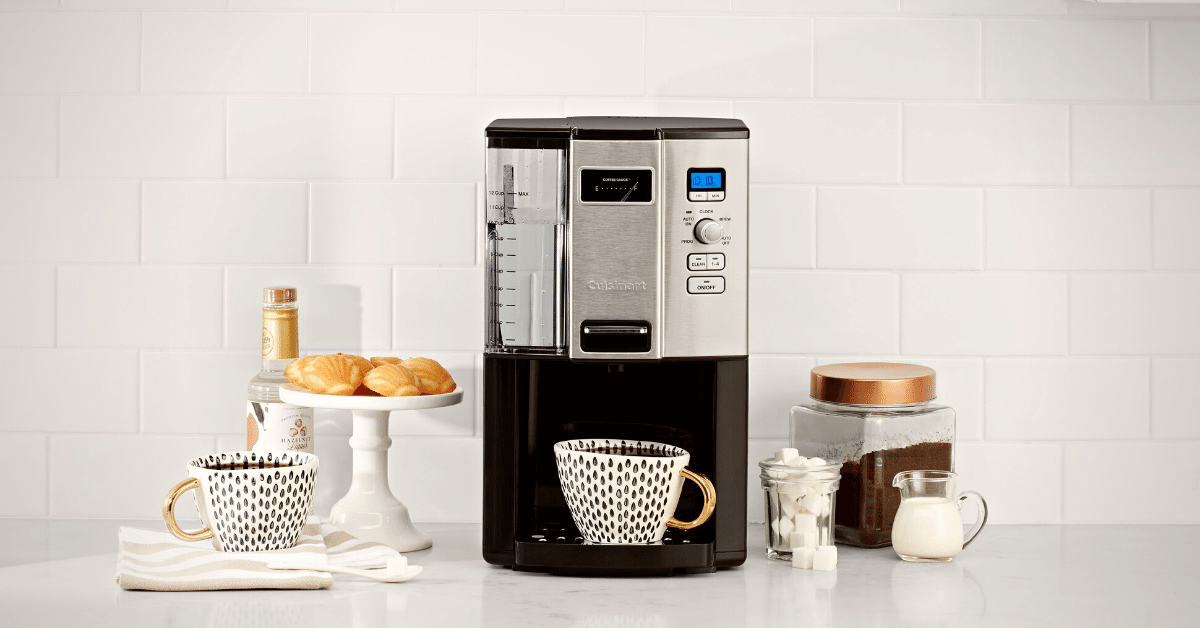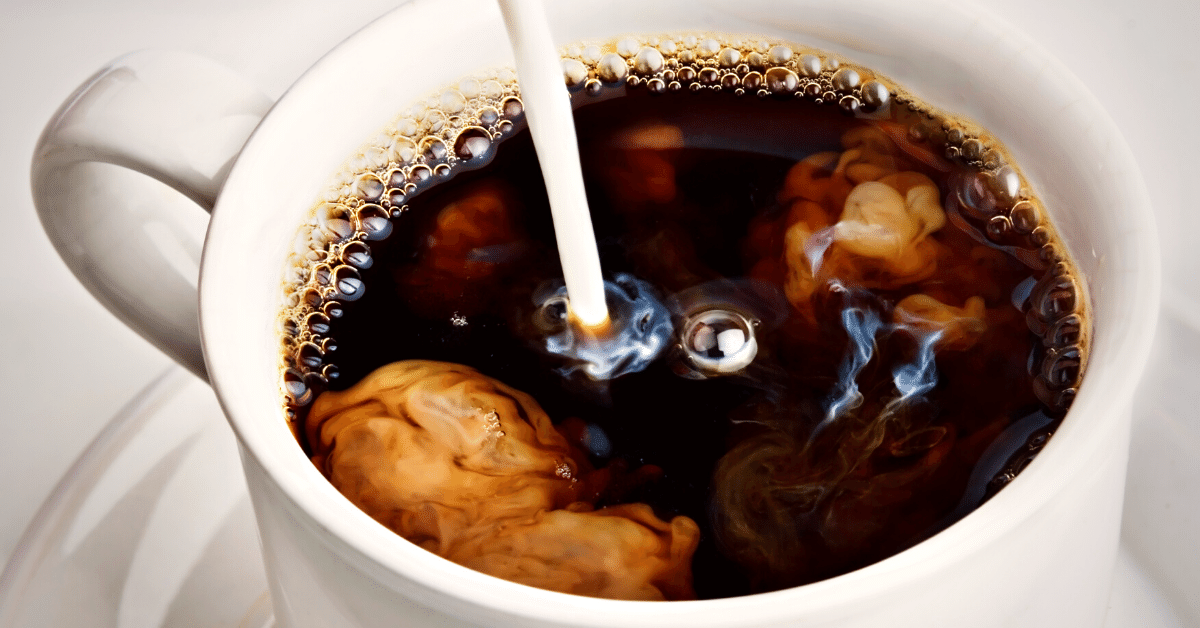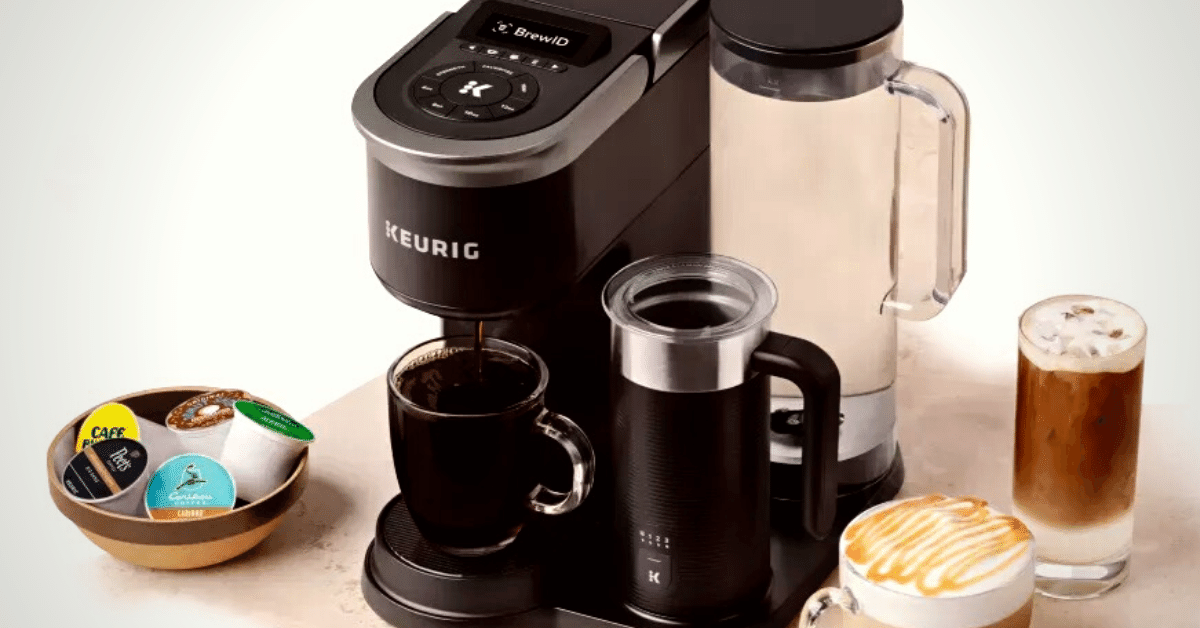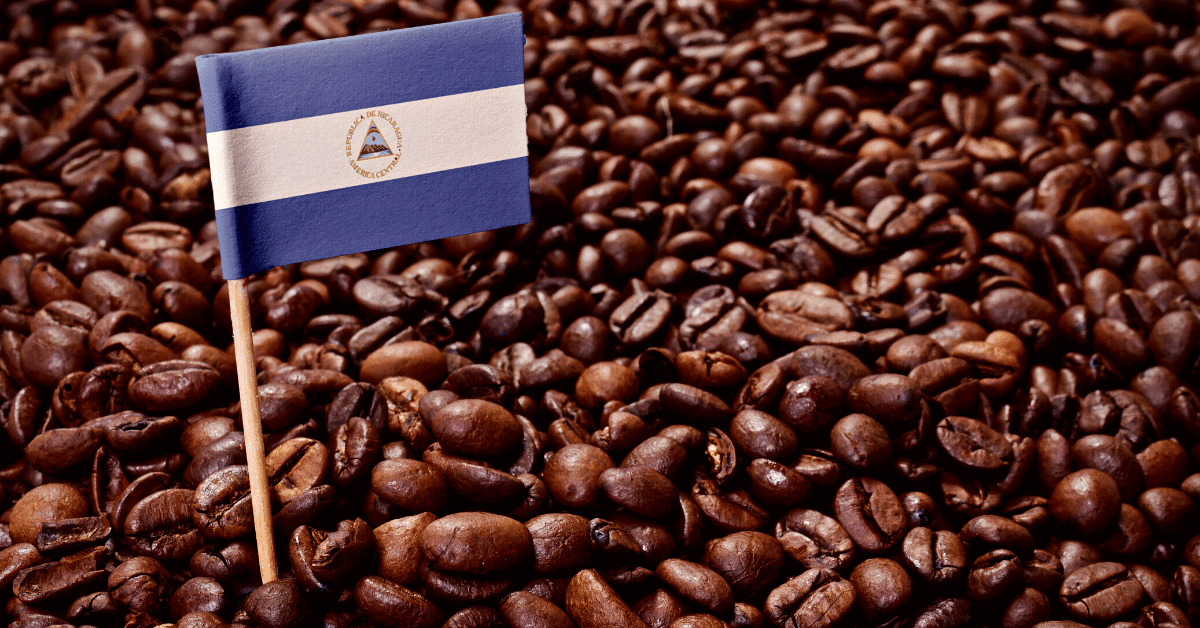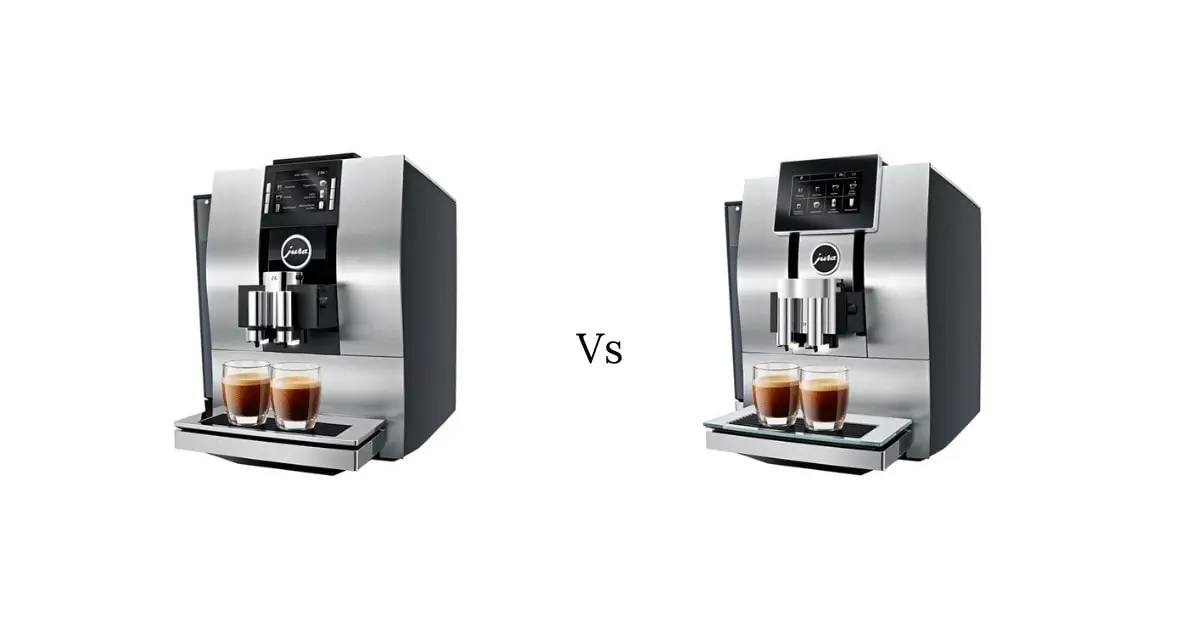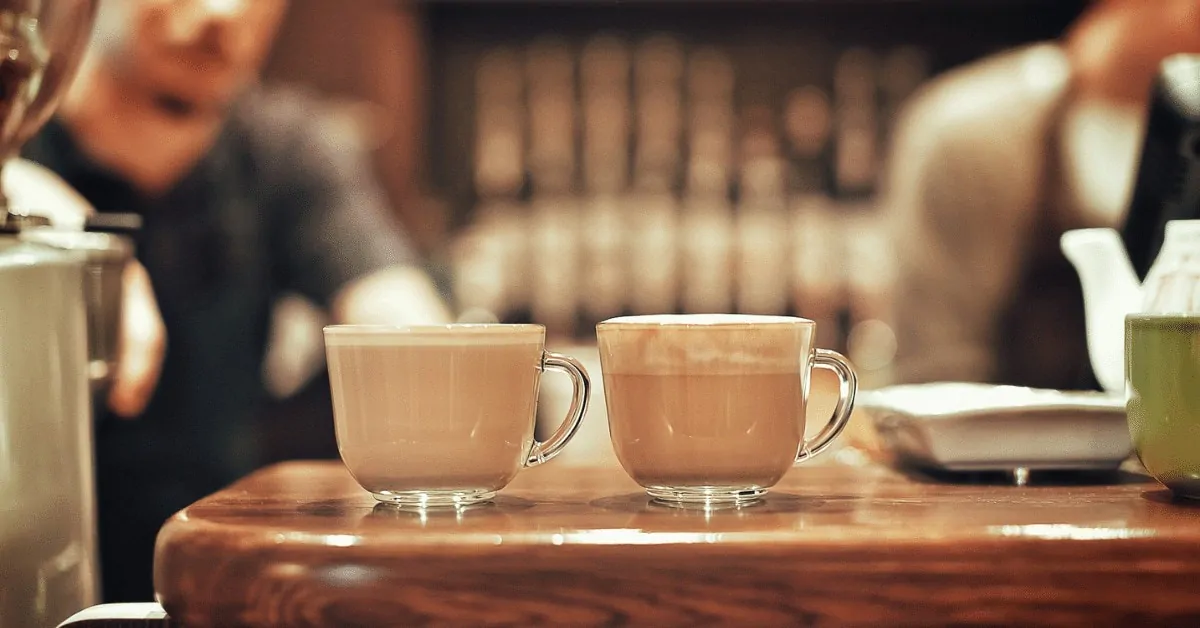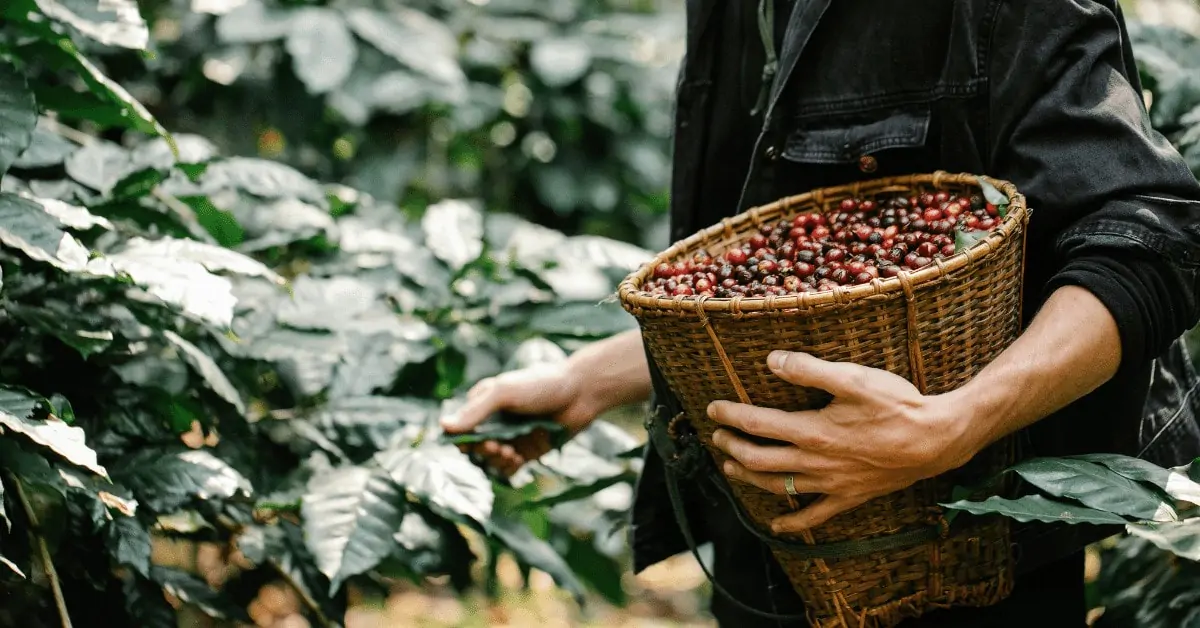Let’s face it:
The world of coffee roasts can be confusing.
The types of coffee roasts are as numerous as the beans, and just as varied.
Roasts really boil down to three categories: Light, Medium, and Dark.
(Espresso roasts are their own thing, a subset of Dark roasts.)
Here’s a quick rundown of each roast, pros and cons, and how to spot roasts when shops have different names.
Let’s dive in!
Light Roast: Caffeine and Acidity

Also known as Half City, Cinnamon, New England Roast, American Roast.
Light roast beans appear, well, light. They have a soft brown color and aren’t very big or bulky.
Light roast coffees can actually have the most caffeine. Light roast coffees are denser than medium or dark roast coffees because they spend less time against the heat of a roaster. If you measure by scoop rather than scale, light roast coffees have the highest caffeine count.
You don’t lose the unique flavors of your coffee bean in a light roast. The terroir (the fancy term for the ground where the coffee was grown) keeps its flavors in a light roast, that’s why your local Third Wave coffee shop will mostly roast their beans lightly.
Light roast coffee doesn’t taste like the stuff your parents or grandparents used to drink. Keeping the unique flavors in the brew sacrifices the body of the coffee, or how much the flavor fills your mouth as you drink.
Don’t be scared!
These coffees still taste great. Ever wonder why things like stonefruit, floral, or blueberry are on the bag as tasting notes? You’ll taste them easiest in a light roast.
Want to try making cold brew at home in your French Press?
Light roast is the way to go. Light roast coffees, given their density and aromas, are often best for cold brews. These coffees keep their acidity and flavors when brewed cold.
Speaking of acidity, light roast coffee beans are most acidic (think pink lemonade). Acidity in coffee isn’t a bad thing, and can actually taste great.
Best Brews:
- Chemex
- V60
- Cold Brew
Pros
- Unique flavors
- Easy drinking for the coffee newbie
- Light and almost tea-like style of cup
Cons
- Most caffeine (might be a pro depending on your desire)
- Can be too acidic for someone used to darker roasts
- Not a “strong cup of coffee”
Medium Roast: Balance and Versatility
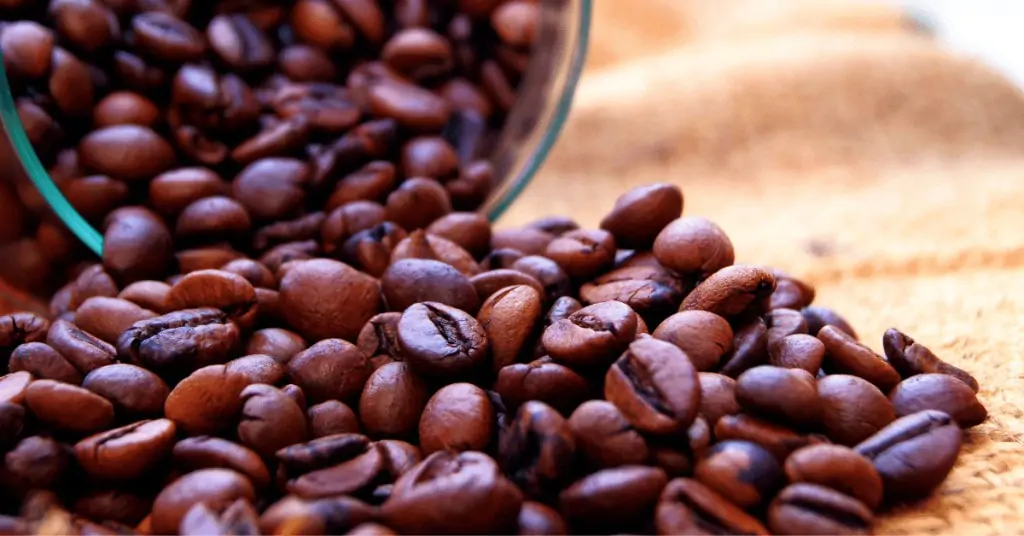
Also known as Breakfast, City Roast, or Brown
Medium roasts are a happy balance between light and dark roasts. They look a little darker than light roasts but still have a nice brown color. They tend to be bigger than light roast beans, but not quite as big as dark roasts.
The caffeine content of medium roasts sits between light and dark, especially if you measure by scoop rather than scale.
When baristas talk about a balanced cup of coffee, a medium roast will usually have that balance. That’s why it is often used for specialty coffees such as French vanilla coffee. The taste of medium roasted beans will not overwhelm the additional flavors.
While some of the terroir might be lost in a medium roast, it’s not gone completely and can still be brought out with the right brew. When brewing at home, medium roasts are the most forgiving in taste, they won’t be too full or too light.
Best Brews:
- Sometimes Chemex and V60
- French Press
- Aero Press
- Drip
Pros
- Easy to brew at home
- A balance between acidity and body
- Still a full taste and some unique flavors
Cons
- Loses some aromas
- Cups can come out muddled
- Not many defining characteristics
Dark Roast: Full Body and a Classic Cup
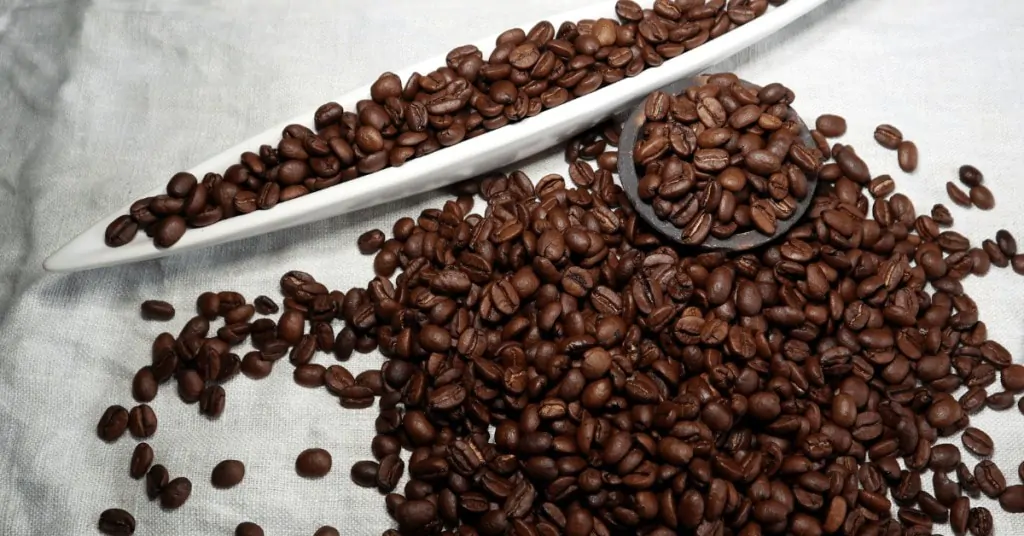
Also known as Full City, Vienna, French, Italian Roast
Dark roast coffees are often the diner coffees or the coffee of your parents and grandparents. Back before high-end roasters and coffee roasting science, coffee was roasted until it lost most of its brown color and started to look black.
Dark roast coffees can still taste great! They are easy to drink, don’t have as much caffeine, and often taste the best if you add cream and sugar.
If you’re looking for a roast that will be consistent and reliable, go for a dark roast coffee. These coffees don’t differ between beans as much as light or medium roasts and give you a full-bodied cup every time.
Dark roast coffees also aren’t very acidic, meaning that they don’t have any fruity sweetness and don’t make you pucker like you just ate a slice of lemon. They are smooth, almost like chocolate.
Best Brews:
- French or Aero Press
- Drip
- Moka Pot
- Espresso
Pros
- Smooth, full-bodied cup
- Least caffeine
- Pairs well with cream and sugar
- Forgiving when brewing at home
Cons
- Not many unique flavors
- Can be too strong or bitter
NOTE
For many people, it’s hard to see the difference between medium and dark roast coffee beans.
Espresso Roast: Espresso Drinks and At-Home Lattes
Often just called Espresso Roast, sometimes referred to as Full Vienna or Full Italian.
Espresso roasts are the darkest roasted coffees. These will look black with almost no brown color.
Although called Espresso, these beans can be brewed like any other type of roast. Just know it will taste dark, full-bodied, and a little bitter.
When brewed too long, espresso beans can taste tarry and dry, so best to play around with brewing espresso beans at home to find what tastes best.
Like dark coffee roast, espresso roasts go well with cream and sugar (if you have a milk frother or steam wand, you can make at-home lattes or cappuccinos).
Best Brews:
- Espresso
- Drip
- Moka Pot
Pros
- Best for home espresso
- Smooth taste
- Best for frothed milk or cream
Cons
- No unique flavors
- Easy to brew bitter and tarry
- Too dark for many people
Conclusion
Armed with this quick rundown of different roasts, you can head over to your local coffee shop knowing you’ll get the best roast for your home brew.
Keep in mind that different shops have different standards for their roasts, so it might be best to ask your barista about the coffees in their shop.
They love to talk about coffee and will totally help you pick one to suit your needs.
Even more, they can introduce you to some specialty coffees that you probably never heard about, such as barrel aged coffee.
Enjoy your coffee journey!


